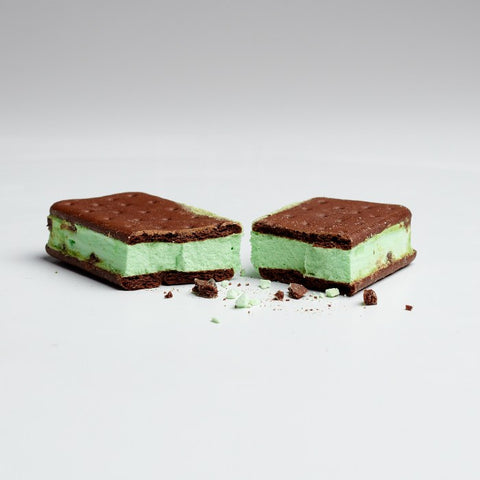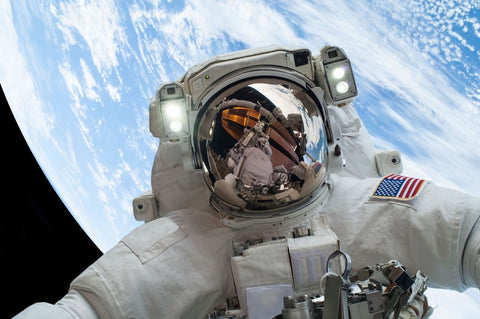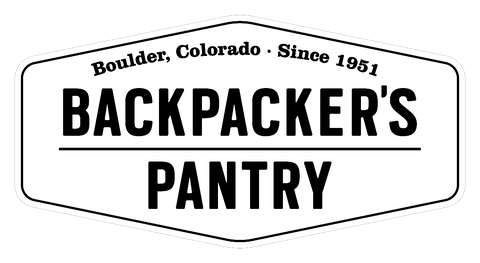Astronaut Ice Cream® is the original freeze-dried ice cream, developed alongside NASA, and enjoyed by more than just astronauts. But how we make our snacks is still a mystery to many! They aren't dehydrated...they're freeze dried, which is a fascinating process that we will breakdown in this blog.
Dehydrating V.S. Freeze Drying
There are several differences between freeze drying and dehydration. Firstly, dehydrated foods may appear to be withered and tough whereas freeze dried foods are crispy, crunchy and generally maintain their original shape. Dehydrating also remove less water, which causes the food to weigh more and have a shorter shelf life.

Freeze drying removes 98-99% of moisture content while dehydration removes 90-95%. The dehydration process also tends to break down minerals and vitamins in the food, making the nutritional content slightly lower than freeze dried foods. Comparatively, freeze dried foods are known to have nutritional content closest to its original food structure plus smells and flavors generally remain unchanged. Dehydrated foods require high heat and long cooking times while freeze dried foods can re-hydrate with warm and cold water and are ready to eat much sooner. Luckily, Astronaut Foods ice cream and fruit don’t have to be re-hydrated at all! They are crunchy and creamy - all at the same time!
Freeze Drying
The process of freeze drying began in the Andes mountains. Indigenous people would take vegetables up to high elevations and leave them to freeze for several days. The vegetables lost water content but preserved their nutritional value and were able to be stored as emergency rations.
Today, freeze dryers can be as big as an entire building! Freeze drying is often used in the pharmaceutical and biotechnology fields to extent the shelf life of medicines and organic matter. However, this process was developed primarily for astronaut food and military rations. This technology enabled astronauts to have hot, delicious, meals that remind them of home while floating hundreds of miles above the surface of the earth.
The Lyophilization Process

The technical name for freeze drying is lyophilization. To begin the process, the temperature of the food is lowered and a small amount of pressure is applied in order force the water content in the food to freeze and form ice crystals. These crystals then undergo the process of sublimation. This takes place in the drying stage. Sublimation is the phase transition of a substance from a solid to a gas state without passing through the intermediate liquid phase. This means that the ice crystals are essentially vaporized. Sublimation occurs when pressure and low heat are applied over time.
This process is repeated until the moisture content in the food is reduced by 98-99%. There is also a secondary drying stage at higher heat. After the vacuum is broken and the material is sealed at the end of the process, your food is now freeze dried. You may have noticed that freeze dried foods seem to have “pores”. These gaps in the material are the areas where ice crystals had formed and were then sublimated into the air!
Give It a Try!
Ready to try the crispy, crunchy fun for yourself? Whether your an astronaut, in the military, a hiker, adventurous eaters, and anyone who loves a nutritious snack...you'll enjoy our freeze dried ice cream and freeze-dried fruit snacks. It's an out of this world treat that you can eat anytime, anywhere.
No refrigeration required -- thanks lyophilization!







